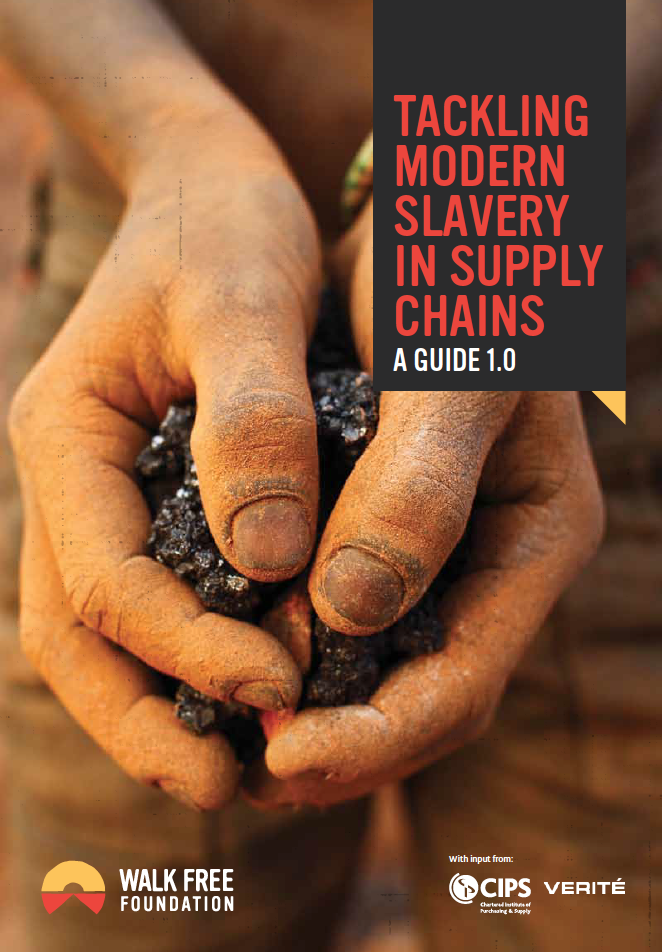Special Issue – Anti-Trafficking Education
GuidancePublicationsThe past decade has seen a dramatic increase in the sites for anti-trafficking education and the range of educators who shape how the public and institutions understand and respond to human trafficking. The aim of this Special Issue of Anti-Traff...Read More

